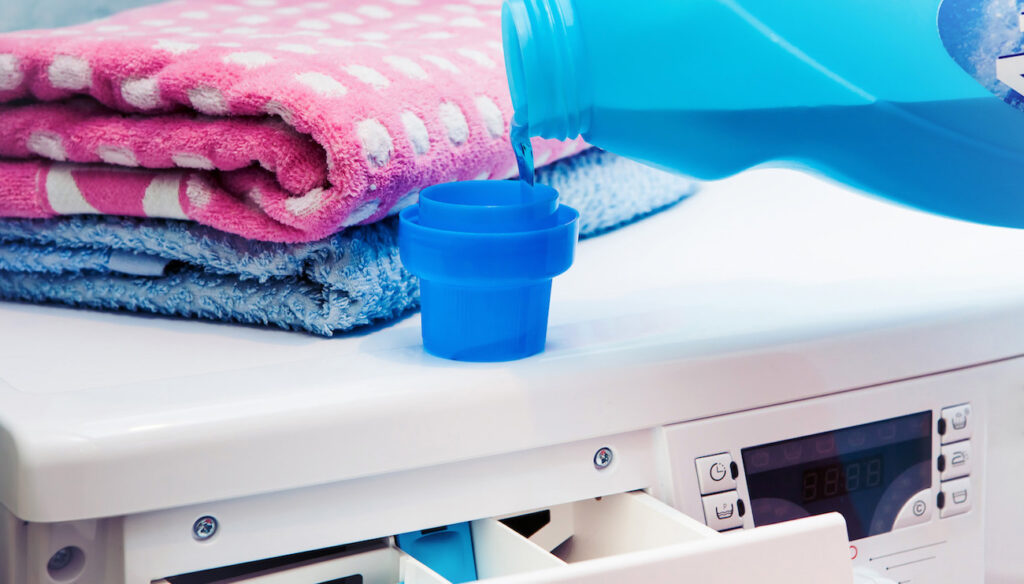Understanding Fabric Softener: What It Is and How It Works
Fabric softeners, also known as fabric conditioners, are products designed to make your laundry feel softer, reduce static cling, and impart a pleasant fragrance. They work by depositing lubricating chemicals onto the fabric fibers, which smooth out rough textures and reduce friction. This smoothing effect not only makes clothes feel softer but also helps to reduce wear and tear, making fabrics last longer. Most fabric softeners contain surfactants, which are compounds that lower the surface tension of water, allowing the softener to spread more evenly across the fabric. By understanding these basic principles, you can better appreciate how fabric softeners work and use them more effectively in your laundry routine.
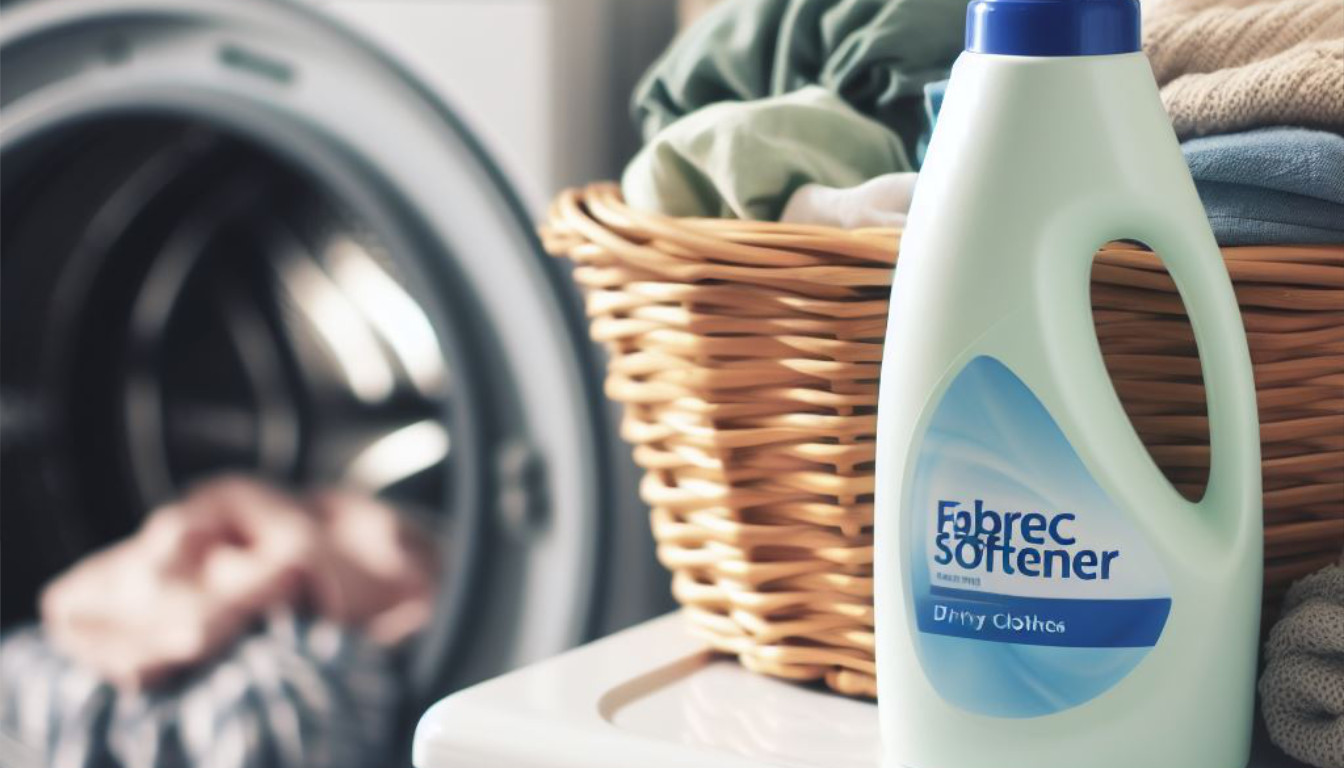
Choosing the Right Fabric Softener for Your Needs
Selecting the best fabric softener for your needs involves considering several factors, including the type of fabric you are washing, any skin sensitivities you might have, and your personal preferences regarding scent. There are liquid fabric softeners, dryer sheets, and fabric softener beads or pods. Liquid softeners are added during the rinse cycle and are great for achieving an even distribution of softness and fragrance. Dryer sheets, on the other hand, are convenient and help with static reduction, but they might not be as effective on heavier fabrics like towels. If you have sensitive skin, look for hypoallergenic and dye-free options to avoid irritation. Each type of softener has its pros and cons, so it’s important to choose one that aligns with your needs and lifestyle.
When and How to Add Liquid Fabric Softener
The timing of when to add fabric softener is crucial for its effectiveness. Liquid fabric softener should be added during the rinse cycle, not the wash cycle, as adding it too early will cause it to be washed away before it can condition the fabrics. If you have an automatic dispenser in your washing machine, you can pour the recommended amount into the dispenser at the start of the wash, and it will release the softener during the rinse cycle. For machines without a dispenser, you’ll need to wait until the rinse cycle starts and then manually add the fabric softener. Always follow the dosing instructions on the bottle to avoid overuse, which can lead to buildup on your clothes and washer.
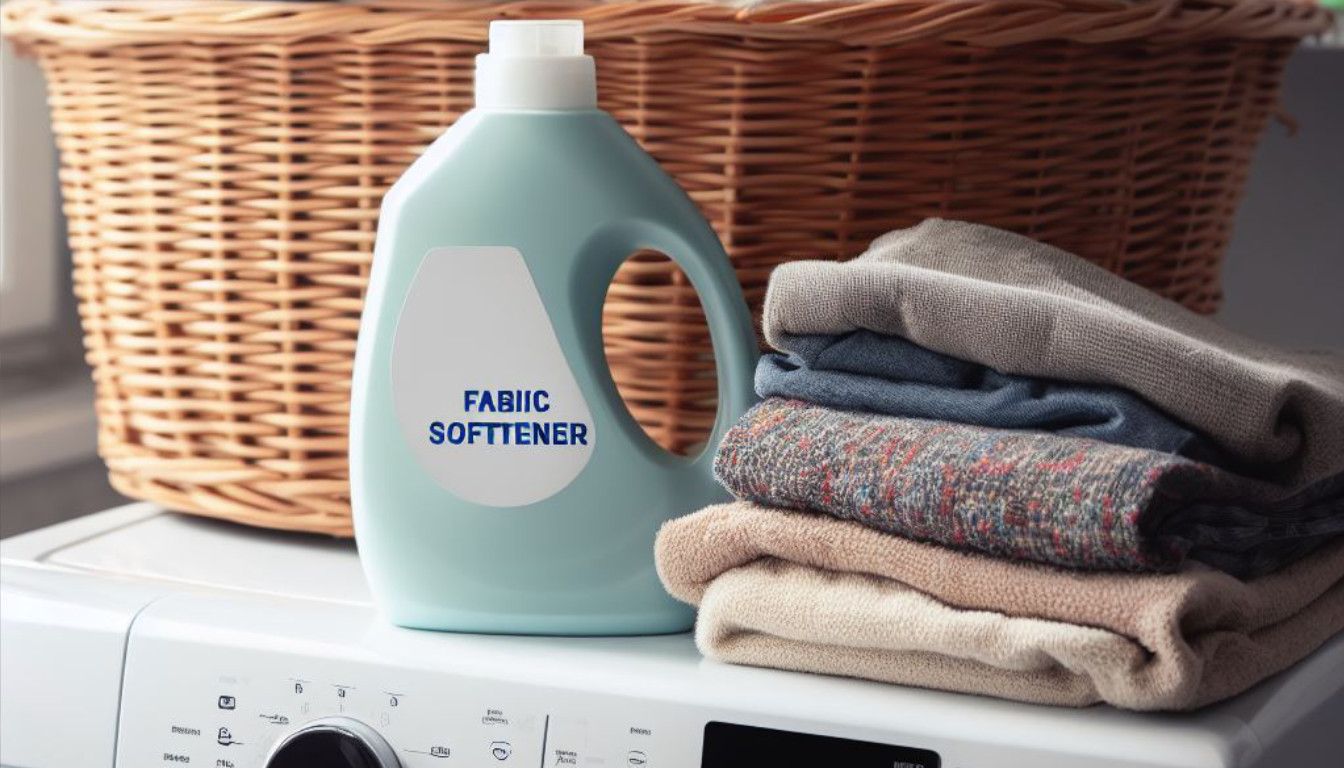
Using Fabric Softener in Top-Loading vs. Front-Loading Washers
The type of washing machine you have—top-loading or front-loading—can influence how you use fabric softener. In top-loading washers, fabric softener can be added directly to the agitator or a specific dispenser, if available. Front-loading washers often have a designated compartment for fabric softener within the detergent drawer. It’s essential to read your washing machine’s manual to understand the specific instructions for adding fabric softener. Additionally, front-loaders are more water-efficient and tend to require less fabric softener compared to top-loaders. Following these guidelines will ensure that the softener is dispensed at the correct time and in the right amount, maximizing its effectiveness.
The Importance of Diluting Fabric Softener
Diluting fabric softener before adding it to your washer is a good practice that can prevent potential issues such as staining or buildup on your clothes and in your washing machine. Some fabric softeners are highly concentrated, and using them undiluted can leave residues that are difficult to rinse out. To dilute, mix the fabric softener with an equal amount of water before adding it to the dispenser or directly into the rinse water. This not only helps distribute the softener more evenly but also ensures that it dissolves properly, providing consistent softness and a fresh scent without any negative side effects.
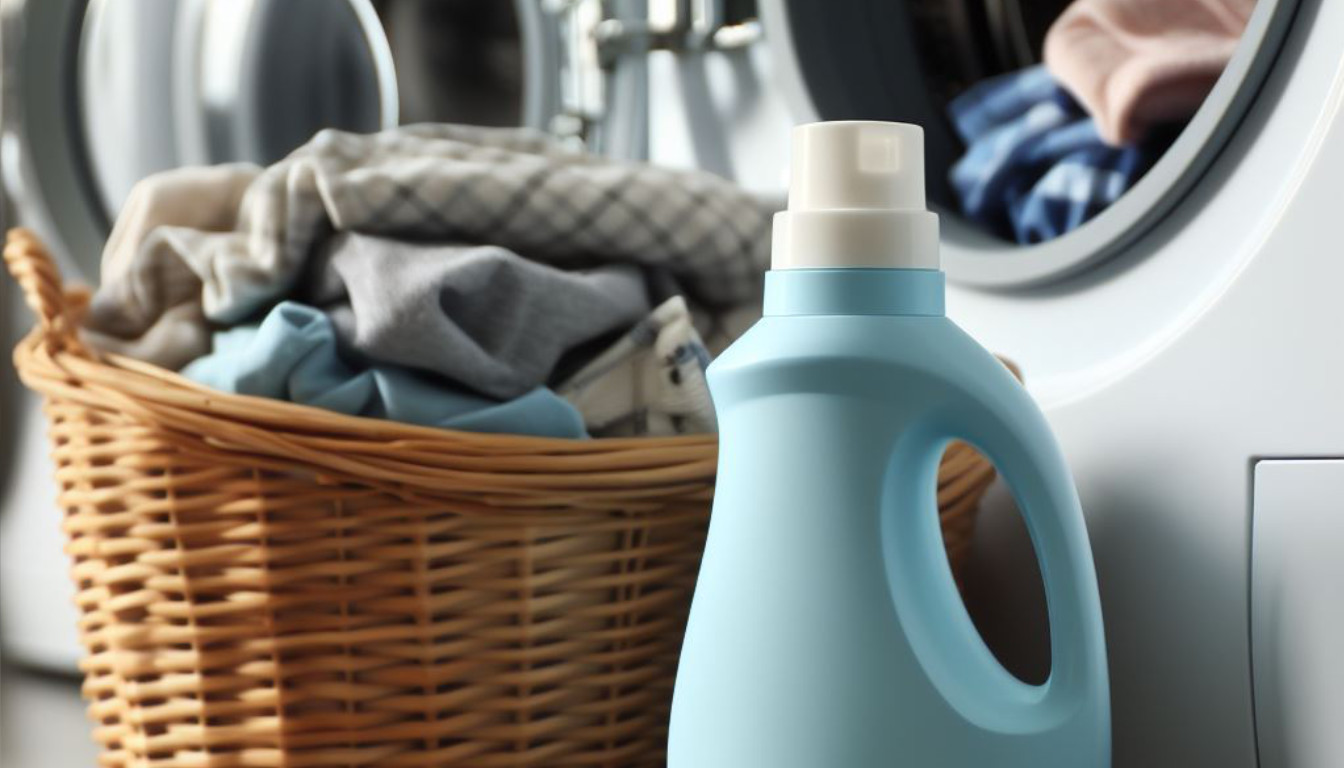
Avoiding Common Mistakes with Fabric Softener
Even though using fabric softener might seem straightforward, there are common mistakes that can diminish its effectiveness or cause issues. One frequent mistake is overloading the washing machine, which restricts the movement of water and prevents the fabric softener from being evenly distributed. Another mistake is using too much fabrics softener; more is not always better, and excessive amounts can lead to buildup on fabrics, making them feel greasy or stiff. Additionally, fabric softeners should not be used on certain fabrics, such as moisture-wicking athletic wear, microfiber, or towels, as they can reduce absorbency and breathability. Being mindful of these common pitfalls will help you get the best results from your fabric softener.
Alternative Ways to Soften Fabrics Naturally
If you prefer to avoid commercial fabric softeners due to allergies, environmental concerns, or personal preference, there are several natural alternatives you can use to achieve soft, static-free clothes. White vinegar is a popular option; adding half a cup to the rinse cycle can naturally soften fabrics, reduce static, and help remove detergent residues. Baking soda is another alternative that can be added during the wash cycle to enhance softness. Wool dryer balls are an excellent choice for the dryer; they help separate clothes, reducing drying time and softening fabrics without the need for chemicals. Exploring these natural alternatives can provide effective fabric softening while aligning with your personal values.
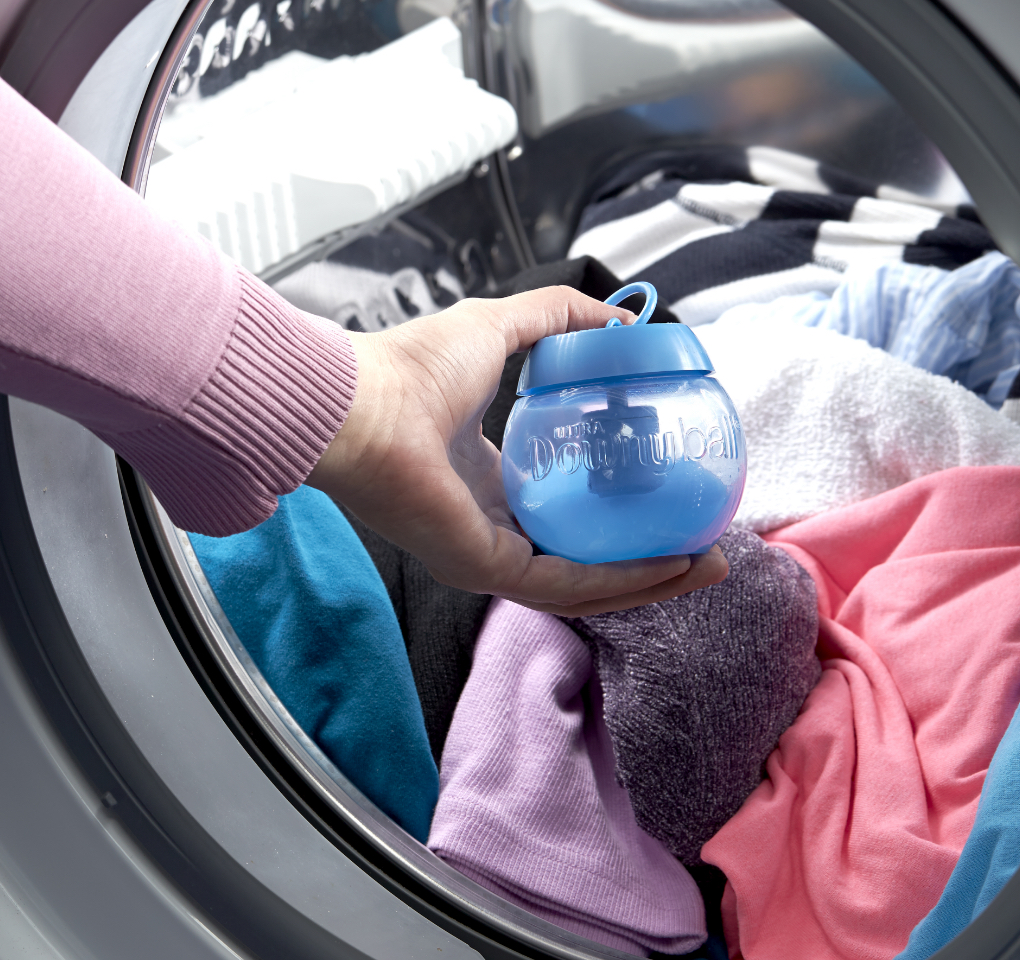
Storing and Handling Fabric Softener Safely
Proper storage and handling of fabrics softener are important to ensure safety and maintain its effectiveness. Store fabric softener in a cool, dry place away from direct sunlight, which can degrade the ingredients over time. Make sure the cap is tightly sealed to prevent spills and evaporation. Keep fabrics softener out of reach of children and pets to avoid accidental ingestion, which can be harmful. When handling fabric softener, avoid direct skin contact, as some formulations can cause irritation. If you spill fabrics softener, clean it up promptly to prevent slipping hazards and stains. By following these practices, you can safely use and store fabrics softener in your home.
The Environmental Impact of Fabric Softeners
While fabric softeners can make your laundry feel luxurious, it’s important to consider their environmental impact. Many conventional fabric softeners contain chemicals that can be harmful to aquatic life once they enter waterways through wastewater. Additionally, the production and packaging of these products contribute to environmental pollution. To mitigate these effects, consider using eco-friendly fabric softeners that are biodegradable and free from harsh chemicals. Some brands offer fabric softeners in recyclable packaging or in concentrated forms that use less plastic. Being aware of the environmental footprint of your laundry products can encourage more sustainable choices and reduce your overall impact on the planet.
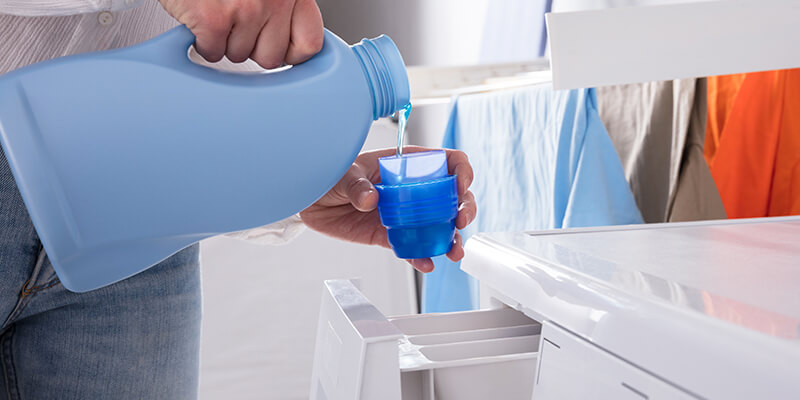
Enhancing Fabric Softener Performance with Other Laundry Practices
To get the most out of your fabrics softener, it’s beneficial to incorporate other laundry practices that enhance its performance. Washing clothes in cold water can help preserve fabric integrity and maintain the softness imparted by the fabric softener. Separating loads by fabric type and weight ensures even agitation and rinsing, making the softener more effective. Regularly cleaning your washing machine, especially the dispensers, prevents buildup that can interfere with the dispensing of fabrics softener. Additionally, avoiding overdrying clothes in the dryer can help retain the softness provided by the fabrics softener. By integrating these practices, you can achieve consistently soft and fresh-smelling laundry.
Troubleshooting Fabric Softener Issues
If you encounter issues with your fabrics softener, such as residue on clothes, stiffness, or lack of fragrance, there are troubleshooting steps you can take to resolve them. Residue can result from using too much fabrics softener or not diluting it properly; adjusting the amount and dilution can help. If clothes come out stiff, it might be due to hard water; using a water softener or increasing the rinse cycle can alleviate this problem. A lack of fragrance could mean that the softener isn’t being dispensed properly; checking and cleaning the dispenser can improve this. Understanding these potential issues and their solutions ensures that your fabric softener works effectively every time.
The Benefits of Fabric Softener Beyond Softness
In addition to making clothes feel softer, fabric softeners offer several other benefits that enhance your laundry experience. They can significantly reduce static cling, especially in synthetic fabrics, making clothes easier to fold and wear. Fabrics softeners also help to reduce wrinkles, cutting down on ironing time and keeping clothes looking neat. Some fabrics softeners contain ingredients that protect fabric fibers from stretching, fading, and pilling, prolonging the life of your garments. Moreover, the pleasant fragrances of fabric softeners can leave your clothes smelling fresh and inviting. These additional benefits make fabrics softener a valuable addition to your laundry routine.
Combining Fabric Softener with Other Laundry Products
To maximize the benefits of fabrics softener, it can be combined with other laundry products strategically. Using a high-quality detergent that effectively cleans your clothes sets the stage for the fabrics softener to work its magic. Pre-treating stains before washing ensures that the fabric softener doesn’t lock in any unwanted marks. Fabrics softener can also be used alongside dryer sheets for an extra boost of softness and static reduction, though it’s important not to overdo it to avoid buildup. By thoughtfully combining fabric softener with other laundry products, you can achieve optimal results and enjoy truly luxurious laundry.
Conclusion: Mastering the Art of Fabric Softening
Using fabric softener effectively involves understanding its purpose, choosing the right product, and applying it correctly in your washing routine. By paying attention to factors such as the type of washer you have, diluting the softener, and avoiding common mistakes, you can ensure that your clothes come out soft, fresh, and static-free. Exploring natural alternatives and being mindful of environmental impacts can also enhance your laundry experience while aligning with your values. By integrating these tips and best practices, you can master the art of fabric softening and enjoy the many benefits it brings to your laundry routine.





